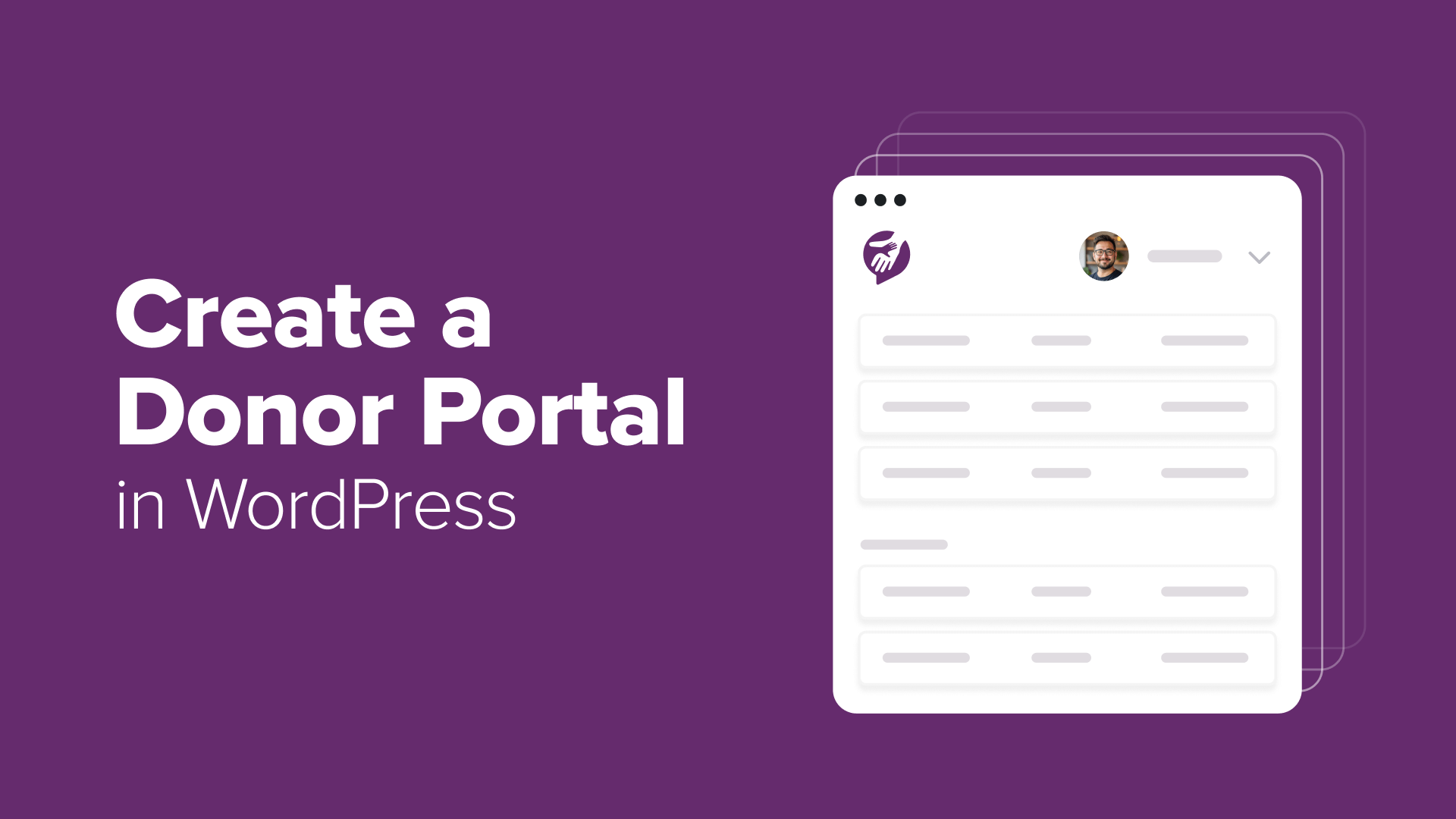What Is HTTP/2 and How to Enable It in WordPress?
Wondering what is HTTP/2 and how to use it in WordPress? In this article, you'll learn what is HTTP/2 and how to enable it on your WordPress website.
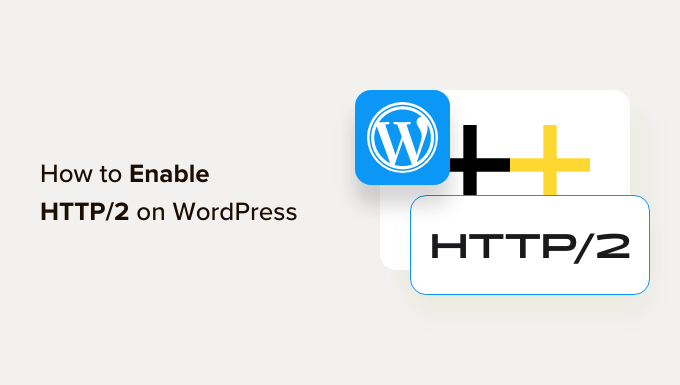
We tweak our WordPress sites to squeeze out every bit of speed we can get. We compress images, minify CSS, and use a caching plugin. When HTTP/2 came along, we also made sure WPBeginner supports this latest protocol so our visitors benefit from the speed benefits.
The beautiful thing about HTTP/2 is that it handles multiple requests simultaneously. This means your WordPress site can load images, CSS, and JavaScript files all at once, creating a much smoother experience for your visitors.
Don’t miss out on significant performance improvements that can boost your search rankings and user experience. We’ll show you exactly how to enable HTTP/2 on your WordPress site and why it’s one of the easiest wins you can get for better website performance.
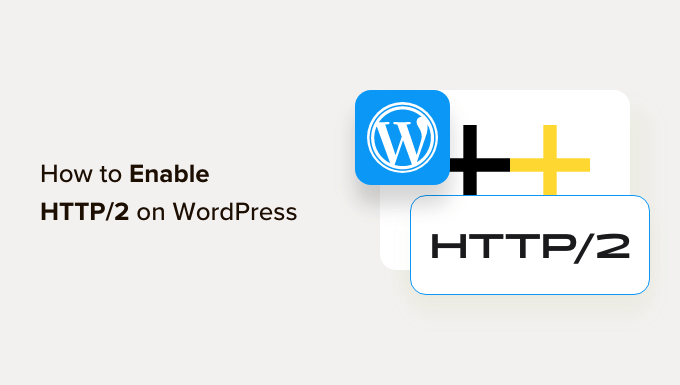
What Is HTTP/2?
HTTP/2 is the revised version of the original HTTP protocol. It was developed by the Internet Engineering Task Force (IETF) and is based on an experimental SPDY protocol developed by Google.
HTTP (Hypertext Transfer Protocol) is like a language that allows computers to talk to each other on the internet. It’s how information gets sent back and forth when you use websites or apps.
When you visit a WordPress website, your web browser sends a message called a ‘request’ to the server that stores the website. The request asks for specific information, like the page’s text, images, or videos.
Tip: See our article on how WordPress works behind the scenes for more details.
The server receives the user’s request and sends back a response. This response is like a package containing the information the user asked for. It includes things like the text you see, the pictures you look at, or even the videos you watch on the website.
HTTP 0.9 was first launched in 1991. A significant revision to that, HTTP 1.1, was published in 1999, and most websites ran on that until 2015 when the HTTP/2 protocol was launched.
HTTP/2 is supported by all modern web server software (e.g., Apache, Nginx, Litespeed, etc.) and browsers, though many websites still run on HTTP 1.1 if they do not have an SSL certificate installed.
The IETF is currently proposing the upcoming version of HTTP/3. It will use QUIC (Quick UDP Internet Connections) instead of TCP and is expected to be much faster than HTTP/2.
What Is the Difference Between HTTP2 and HTTP?
The HTTP 1.1 protocol sent data requests without prioritization. This means if a website has a reference to a JavaScript file in the head, it will load before any other content.
This makes a website appear slower to users, who cannot see the content they expect to see.
HTTP/2 protocol uses a binary single stream to send and receive requests with prioritization support. This means developers can tell the server which data to send first.
The HTTP/2 protocol also uses compression for HTTP headers and multiplexing, which further improve page load performance.
The newer protocol also comes with HTTP/2 Server Push support. This allows developers to push data to the users’ browsers without them requesting it.
To summarize, HTTP/2 is faster than HTTP 1.1 and significantly improves your WordPress speed and performance.
What Do You Need to Use HTTP/2 in WordPress?
First, you need a hosting company offering the latest server software with HTTP/2 support. You’ll also need to install an SSL certificate on your WordPress website.
Most of the top WordPress hosting companies already use cutting-edge web server software.
We recommend using Bluehost, which uses the latest Apache web server software with HTTP/2 support enabled by default.
Luckily, the folks at Bluehost are offering WPBeginner users an exclusive discount with a free domain name and SSL certificate.
Other hosting companies we recommend include SiteGround, Hostinger, and WP Engine. They all offer free SSL certificates and the latest server software with HTTP/2 support.
How to Enable HTTP/2 in WordPress
The only requirement to enable HTTP/2 support in WordPress is installing an SSL certificate.
It is not an official requirement. However, major browsers like Google Chrome don’t support HTTP/2 on insecure URLs.
If your website uses SSL, your URLs will have the https:// prefix like this:
https://wpbeginner.com
Visiting your website will also show a padlock icon in the browser’s address bar.
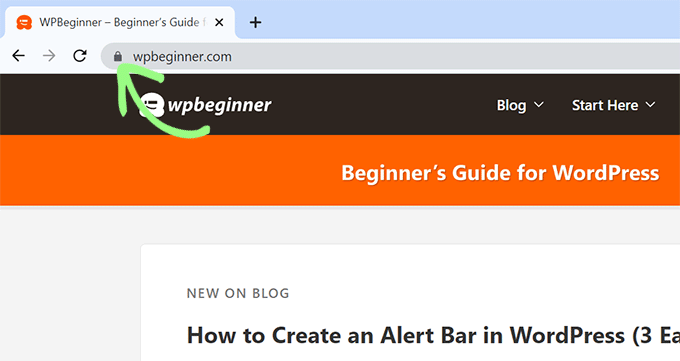
If your website does not use an SSL certificate, you can ask your WordPress hosting provider to install it for you.
Need more help? See our tutorial on how to move from HTTP to HTTPS in WordPress.
Once you have enabled SSL, your WordPress website will almost certainly be served via HTTP/2 protocol.
Testing HTTP/2 Support for Your Website
There are two ways to test whether your WordPress website is serving pages via HTTP/2.
First, you can visit the KeyCDN Tools’ HTTP/2 Test page and enter your website’s URL. This free online tool will then tell you whether your website supports HTTP/2.
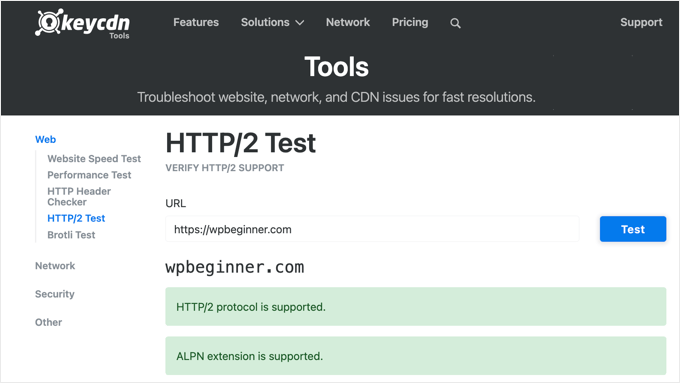
Another more effective way to check if your website serves pages on HTTP/2 is using the Chrome developer tools.
Simply open a new browser window in Google Chrome and visit your website. After that, open a new browser tab and enter the chrome://net-export URL in the address bar.
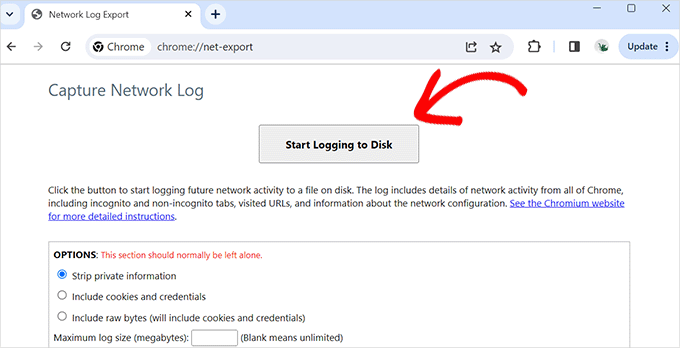
Chrome will then ask you to save a JSON file to your computer.
After saving the file, visit the netlog viewer app and click on the ‘Choose File’ button.
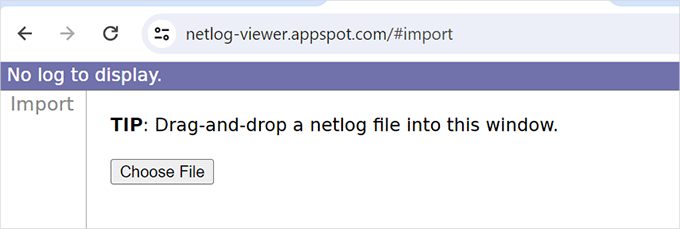
Select the netlog file you downloaded earlier to continue.
The app will then present the file in a readable format. Click on the HTTP/2 tab in the left column, and it will show you all the websites you visited that were using the HTTP/2 protocol as h2.
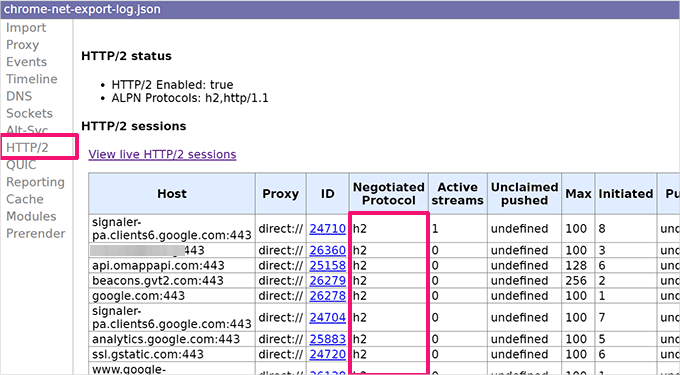
Frequently Asked Questions About HTTP/2 and WordPress
Here are some of the most common questions we get about HTTP/2 and how it works with WordPress. These answers will help you understand the technical details and implementation process better.
1. Do I need to do anything special to enable HTTP/2 on my WordPress site?
No, you don’t need to install any plugins or make code changes. The only requirement is having an SSL certificate installed on your website. Once you have HTTPS enabled, your hosting provider’s server software will automatically serve your site using HTTP/2 protocol. Most modern hosting companies like Bluehost, SiteGround, and WP Engine already support HTTP/2 by default.
2. Will HTTP/2 slow down my website if I have an older hosting provider?
HTTP/2 won’t slow down your website, but older hosting providers might not support it at all. If your hosting company uses outdated server software, your site will continue running on HTTP/1.1. However, we recommend upgrading to a modern hosting provider that supports HTTP/2, as this will significantly improve your site’s performance and loading speed.
3. Can I use HTTP/2 without an SSL certificate?
Technically, HTTP/2 doesn’t require SSL, but all major browsers (Chrome, Firefox, Safari, Edge) only support HTTP/2 over HTTPS connections. This means without an SSL certificate, your visitors won’t benefit from HTTP/2’s speed improvements. Getting an SSL certificate is essential for HTTP/2 to work properly.
4. How much faster will my WordPress site be with HTTP/2?
Studies show that websites using HTTP/2 can load up to 20% faster than those using HTTP/1.1. The actual speed improvement depends on your site’s complexity and the number of files it loads. Sites with many images, CSS files, and JavaScript files will see the biggest performance gains because HTTP/2 can load multiple files simultaneously.
5. Is HTTP/2 compatible with WordPress caching plugins?
Yes, HTTP/2 works perfectly with all popular WordPress caching plugins like WP Rocket, W3 Total Cache, and WP Super Cache. In fact, using HTTP/2 together with caching plugins will give you even better performance results. The caching plugins optimize your files, while HTTP/2 delivers them more efficiently to your visitors.
6. What’s the difference between HTTP/2 and HTTP/3?
HTTP/3 is the newest version currently being developed, which will use the QUIC protocol instead of TCP for even faster connections. However, HTTP/2 is still the current standard and provides significant speed improvements over HTTP/1.1. Most websites should focus on implementing HTTP/2 first, as HTTP/3 support is still limited and not widely available yet.
We hope this article helped you learn about HTTP/2 and how to enable it in WordPress. You may also want to see our complete WordPress speed and performance guide or our expert pick of the best WordPress caching plugins to boost speed.
If you liked this article, then please subscribe to our YouTube Channel for WordPress video tutorials. You can also find us on Twitter and Facebook.


